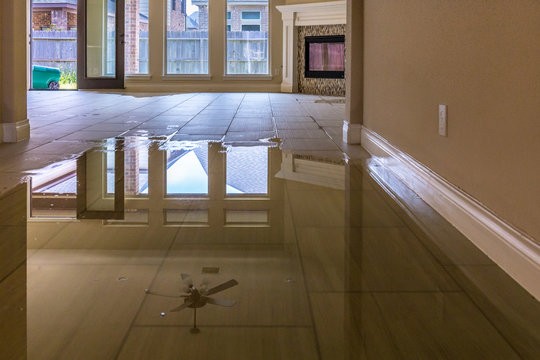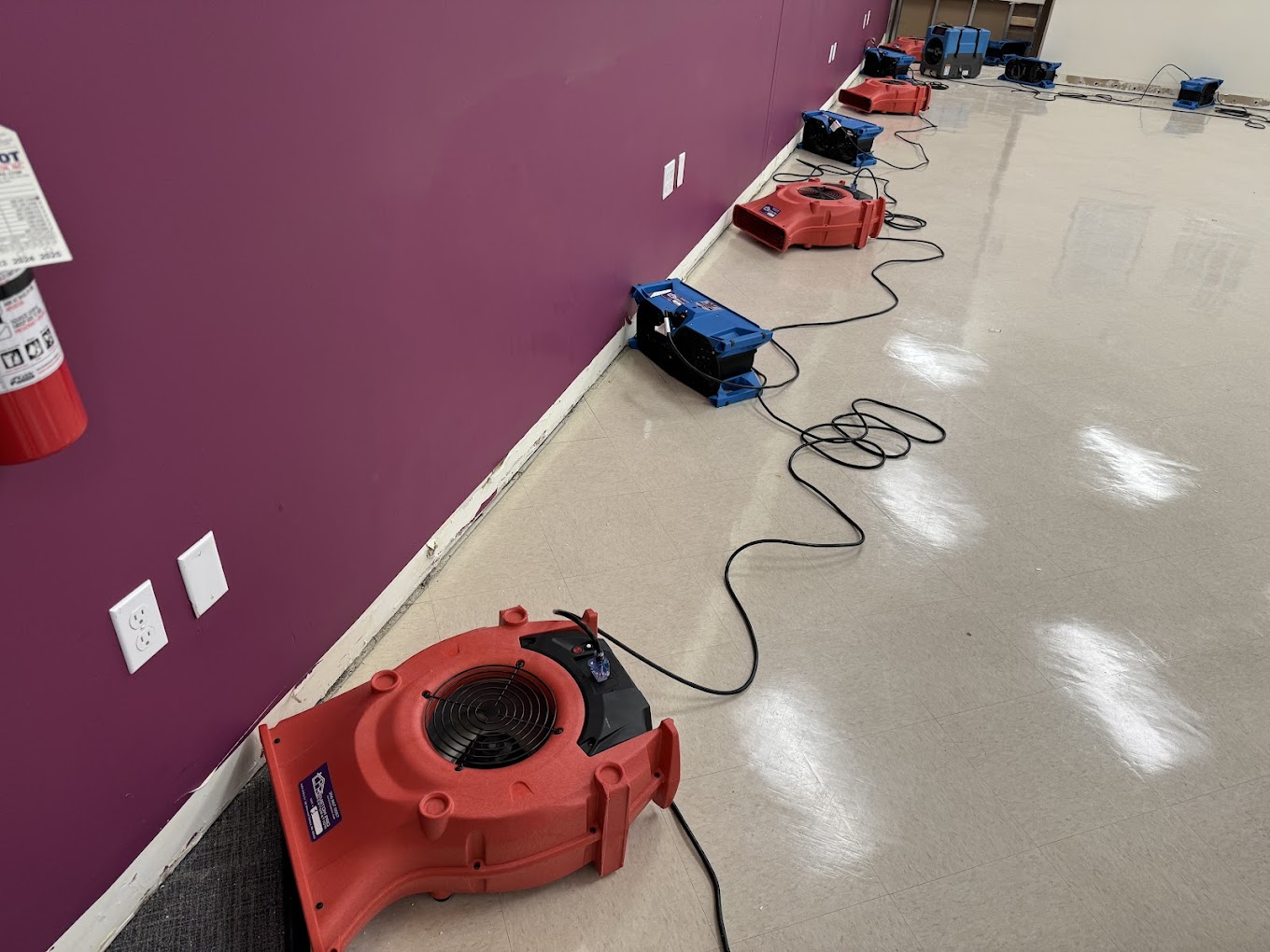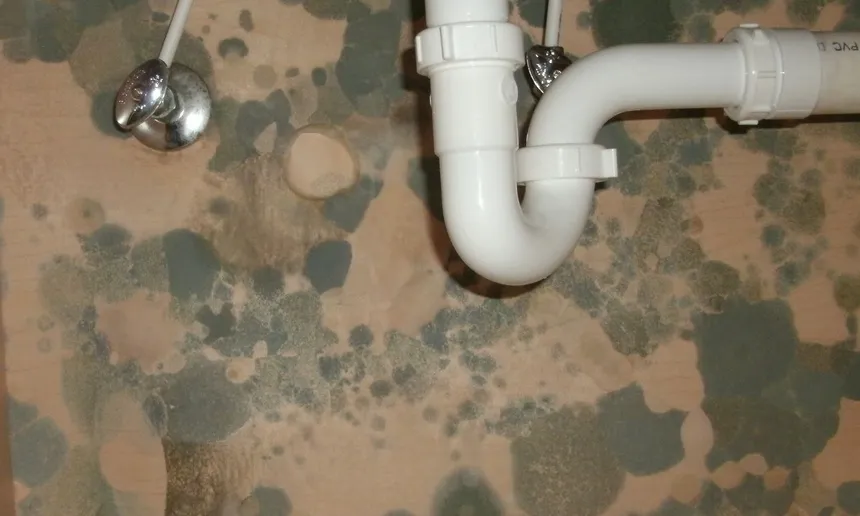
Dec 23, 2024
Seasonal Guide to Preventing Water Damage: Winter vs. Summer Challenges

Seasonal Guide to Preventing Water Damage: Winter vs. Summer Challenges
Water damage can strike any time of the year, but the risks and challenges vary significantly between winter and summer. While frozen pipes and ice dams are common culprits during the colder months, summer brings heavy rains and the potential for basement flooding. In this seasonal guide, we’ll explore the unique water damage risks of each season and provide actionable tips to protect your home year-round.
Winter Water Damage Risks
Frozen Pipes and How to Prevent Them
Frozen pipes are a leading cause of water damage in winter. When water freezes inside pipes, it expands, potentially causing the pipes to burst and flood your home.
How to Prevent Frozen Pipes:
Insulate Pipes: Wrap exposed pipes in unheated areas like basements, attics, or garages with foam pipe insulation.
Maintain Warm Temperatures: Keep your thermostat set to at least 55°F, even when you’re away.
Drip Faucets: Allow faucets connected to vulnerable pipes to drip slightly to keep water flowing and prevent freezing.
Ice Dams on Roofs
Ice dams form when warm air in your attic melts snow on the roof, which then refreezes at the edges, creating blockages. Water can pool behind the ice dam, leading to leaks and significant damage to walls, ceilings, and insulation.
How to Prevent Ice Dams:
Ensure Proper Insulation: Adequately insulate your attic to prevent heat from escaping and melting the snow on your roof.
Clean Gutters: Clear leaves and debris from gutters before winter to allow snowmelt to drain properly.
Ventilate Your Attic: Improve airflow to keep your roof cold and reduce ice dam formation.
Summer Water Damage Risks
Basement Flooding During Heavy Storms
Summer thunderstorms and flash floods can quickly overwhelm drainage systems, leading to water pooling around your foundation and seeping into your basement.
How to Prevent Basement Flooding:
Install a Sump Pump: Ensure your sump pump is functional and consider a battery backup in case of power outages.
Grade Your Landscaping: Slope the ground away from your home’s foundation to direct water away.
Inspect Foundation Cracks: Seal any visible cracks in your foundation to prevent water from entering.
Leaks from Air Conditioning Units
Your air conditioning unit works overtime in the summer, and a clogged or poorly maintained condensate line can lead to leaks that damage floors, walls, and ceilings.
How to Prevent AC Leaks:
Clean the Condensate Line: Regularly flush the drain line with a mixture of water and vinegar to clear blockages.
Check the Drip Pan: Inspect the AC drip pan for cracks or rust, and replace it if necessary.
Schedule Maintenance: Have your HVAC system professionally serviced at least once a year.
Year-Round Water Damage Prevention Tips
While winter and summer present unique challenges, there are steps you can take throughout the year to reduce the risk of water damage:
Inspect Gutters and Downspouts: Clean them regularly to ensure proper drainage and avoid water pooling near your foundation.
Check for Leaks: Inspect under sinks, around appliances, and in basements for signs of leaks or water damage.
Install Water Sensors: Place water detection sensors near vulnerable areas, such as water heaters, washing machines, and sump pumps.
Maintain Your Roof: Regularly inspect your roof for missing shingles, cracks, or other signs of wear that could lead to leaks.
Conclusion
By understanding the seasonal challenges of water damage and taking proactive steps, you can protect your home and avoid costly repairs. Whether it’s insulating pipes in winter or maintaining your sump pump in summer, preparation is key. Don’t wait for a disaster to strike — take action today to safeguard your home.
Need help preventing or addressing water damage? Contact Custom Pro Restoration for a free inspection or consultation. Our team of experts is here to help you stay protected year-round.




